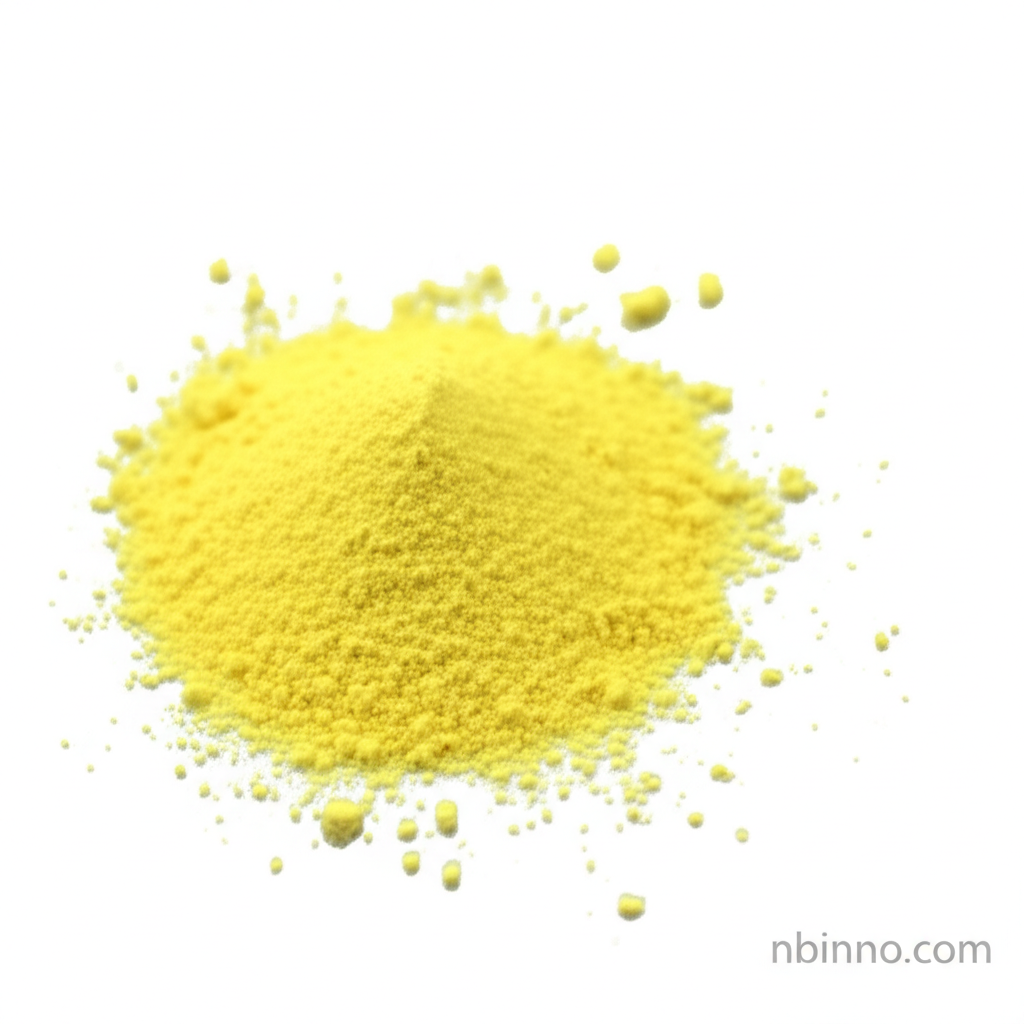Exploring 6-Bromopyridine-2-carbaldehyde: A Key Intermediate
Discover the properties, applications, and synthesis of this vital chemical building block for advanced research.
Get a Quote & SampleProduct Core Value

6-Bromopyridine-2-carbaldehyde
This pale yellow powder is a crucial intermediate in various organic synthesis pathways, valued for its unique pyridine structure and aldehyde functionality. Its versatility makes it a sought-after component for creating complex molecules.
- Unlock new synthetic routes with 6-Bromopyridine-2-carbaldehyde synthesis, enabling the creation of advanced organic compounds.
- Utilize its potential in rhodium-catalyzed aldol coupling to efficiently produce syn ß-hydroxyenones.
- Employ this compound as a building block for Tris[(pyridyl)methyl]amine ligands, essential in coordination chemistry and catalysis.
- Leverage its properties for chemical research, understanding the behavior of pyridine derivatives in novel reactions.
Advantages of Using 6-Bromopyridine-2-carbaldehyde
Versatile Synthetic Utility
As a key chemical building block, it opens doors to a wide array of complex molecular structures through its reactive aldehyde group and halogen substituent, crucial for organic synthesis intermediates.
Specialized Ligand Creation
It serves as a fundamental component in the synthesis of specialized ligands, enhancing catalytic efficiency in various chemical processes, aligning with needs for ligand synthesis.
Handling Sensitivity for Purity
While air-sensitive, proper handling ensures the integrity of this compound, critical for maintaining purity in demanding chemical research applications.
Key Applications
Organic Synthesis
A primary use for 6-Bromopyridine-2-carbaldehyde is as a versatile intermediate in organic synthesis, allowing chemists to construct complex molecular frameworks.
Catalysis Research
Its role in forming ligands makes it valuable in catalysis research, contributing to the development of more efficient and selective catalytic systems.
Material Science
The pyridine ring structure can be incorporated into advanced materials, potentially influencing properties in areas like electronics or polymers.
Medicinal Chemistry
As a pyridine derivative, it can serve as a starting point for the synthesis of biologically active compounds in medicinal chemistry research.
